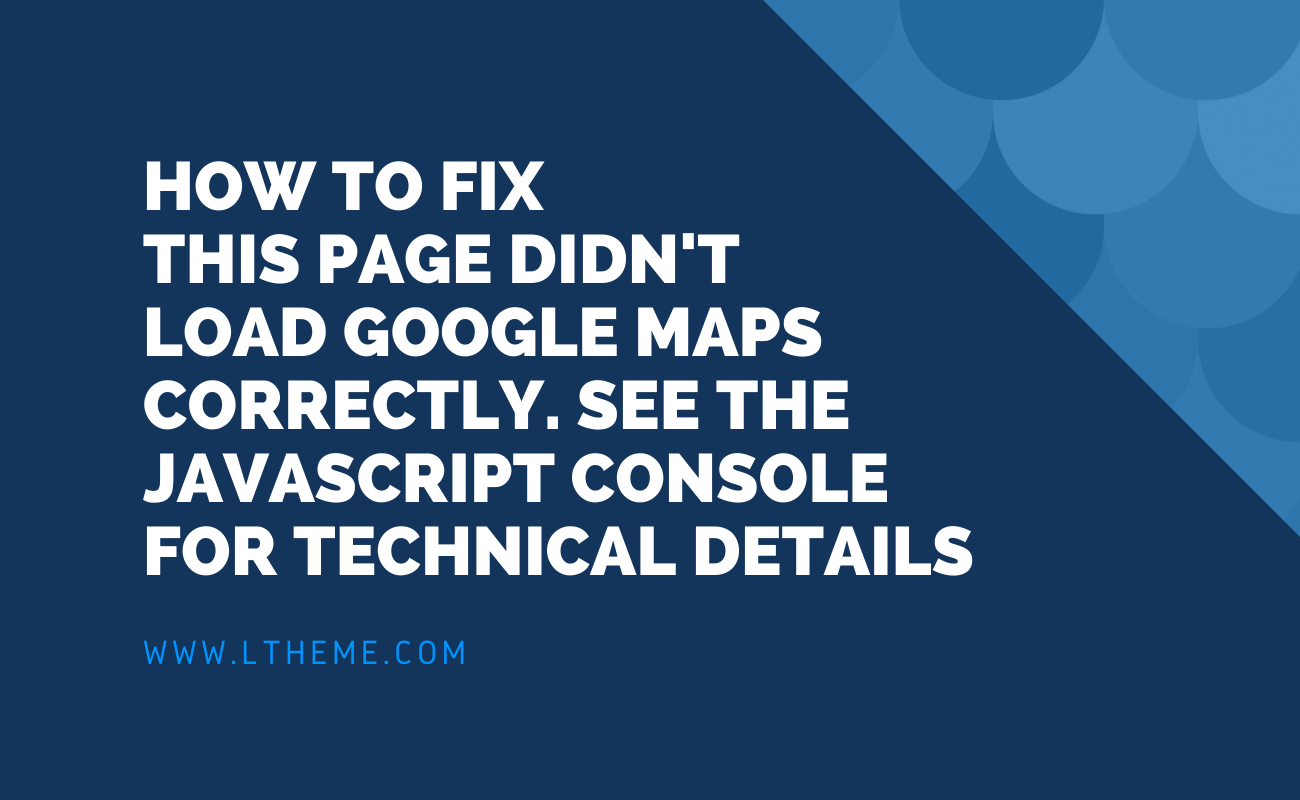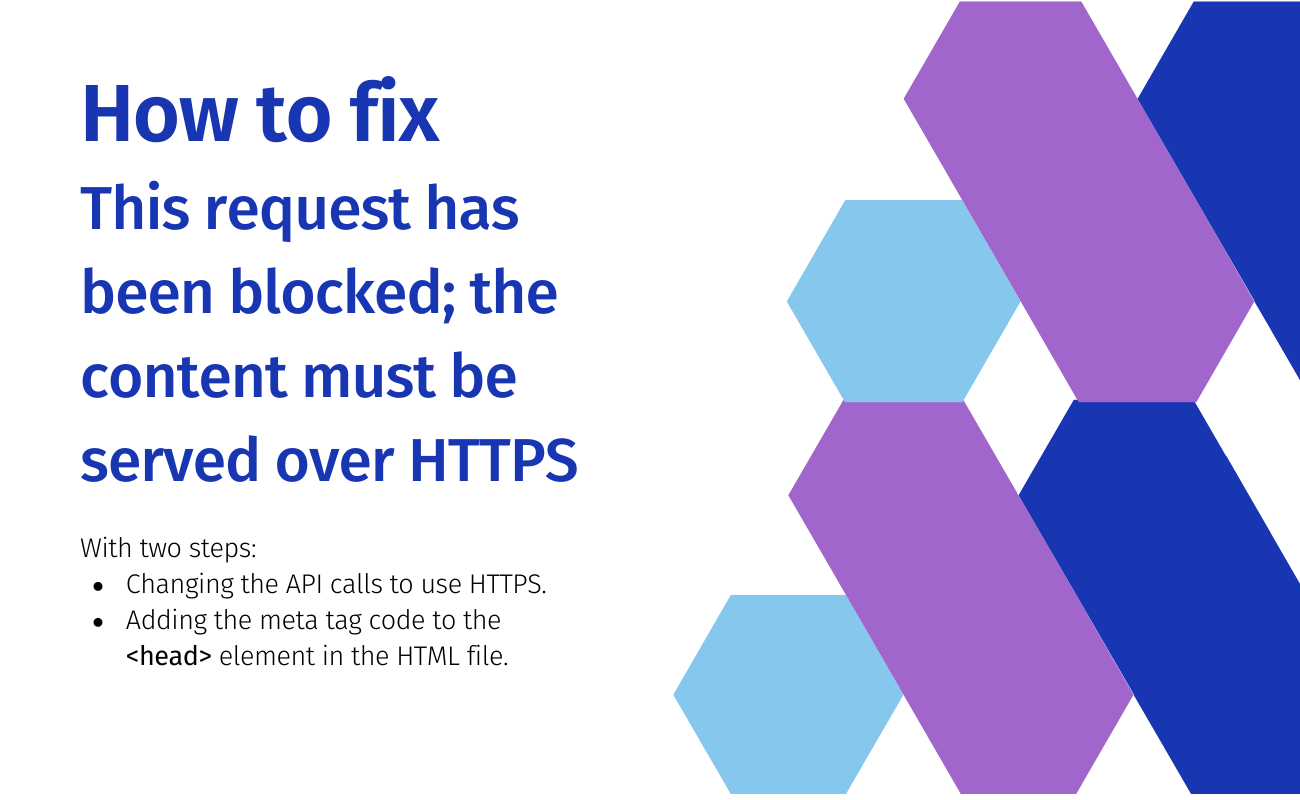If you’re a developer using the Google Maps Platform, you may have encountered a security alert warning about a “Polyfill.io Issue”. This warning indicates that your application is using the Polyfill.io service, which can introduce security vulnerabilities.
Here’s what you need to know about this issue and how to resolve it:
What is Polyfill.io?
Polyfill.io is a service that provides polyfills – code snippets that add modern JavaScript features to older browsers. This allows developers to write their applications using the latest JavaScript syntax and APIs, while ensuring compatibility across a wide range of browsers.
While Polyfill.io can be a useful tool, it also has some security implications. The Polyfill.io service is hosted on a third-party server, which means your application is making requests to a domain you don’t control. This introduces the risk of the Polyfill.io service being compromised and serving malicious code.
The “Polyfill.io Issue” Warning
The “Polyfill.io Issue” warning is Google’s way of alerting developers that their application is using the Polyfill.io service, which is considered a security risk for Google Maps Platform users.
How to Resolve the Issue
To resolve the “Polyfill.io Issue” warning, you should stop using the Polyfill.io service and instead implement polyfills directly in your application. This ensures that all the code your application runs is under your control and has been thoroughly vetted for security.
Here are the steps to resolve the issue:
- Identify Polyfill.io Usage: Review your application’s code and identify any instances where you’re using the Polyfill.io service.
- Replace Polyfill.io with Polyfills: For each instance of Polyfill.io usage, replace it with a polyfill implementation that you control. There are various polyfill libraries and tools available, such as:
- Core-js
- Polyfill.io-provider
- Polyfill.io-resolver
- Test Your Application: Thoroughly test your application to ensure that the polyfills you’ve implemented are working as expected and providing the necessary compatibility across the browsers you support.
By following these steps, you can resolve the “Polyfill.io Issue” warning and improve the security of your Google Maps Platform application.
Understanding the Security Risks of Polyfill.io
As mentioned earlier, the primary security concern with using Polyfill.io is that it introduces a third-party dependency in your application. Polyfill.io is hosted on a server that you don’t control, which means that the code being served to your users could potentially be compromised or altered without your knowledge.
This opens up your application to various security risks, such as:
- Injection Attacks: If the Polyfill.io service is hacked, an attacker could inject malicious code into the polyfills being served to your users.
- Eavesdropping: An attacker could potentially intercept the communication between your application and the Polyfill.io service, allowing them to steal sensitive data.
- Availability Issues: If the Polyfill.io service experiences downtime or is taken offline, your application’s functionality could be disrupted.
By removing the Polyfill.io dependency and implementing polyfills directly in your application, you can eliminate these security risks and have full control over the code being executed.
Implementing Polyfills Directly
As mentioned in the previous section, there are several polyfill libraries and tools you can use to replace Polyfill.io in your application. Here’s a more detailed look at some of the options:
Core-js:
- A comprehensive standard library for modern JavaScript, which includes polyfills for ECMAScript up to the latest versions.
- Allows you to include only the polyfills you need, reducing the overall bundle size.
- Provides support for a wide range of browsers, including Internet Explorer 6+.
Polyfill.io-provider:
- A client-side library that allows you to fetch polyfills from the Polyfill.io service, without directly integrating the Polyfill.io endpoint in your application.
- Provides a more secure way to use Polyfill.io by isolating the third-party dependency.
- Allows you to customize the polyfills being loaded based on your application’s needs.
Polyfill.io-resolver:
- A tool that analyzes your application’s code and generates a polyfill bundle tailored to the browsers you need to support.
- Eliminates the need for a third-party service like Polyfill.io by generating the polyfills directly in your build process.
- Provides more control over the polyfills being used and reduces the overall bundle size.
When implementing polyfills directly, be sure to thoroughly test your application to ensure that the polyfills are working as expected and providing the necessary compatibility across the browsers you support.
Ongoing Maintenance and Updates
Implementing polyfills directly in your application also requires you to actively maintain and update them over time. As new browser versions are released and the web platform evolves, you’ll need to regularly review and update your polyfill implementations to ensure your application continues to work correctly.
This may involve:
- Monitoring for updates to the polyfill libraries you’re using and incorporating those updates into your application.
- Regularly testing your application across a range of browsers and devices to identify any compatibility issues.
- Updating your polyfill implementations as new browser features are introduced and older ones become obsolete.
By taking a proactive approach to polyfill maintenance, you can ensure that your application remains secure and functional for your users, even as the web platform continues to evolve.
- Exploring the Future of Audio Transcription: AI and Beyond - December 24, 2025
- How Beginners Can Create Professional Logo Packs Using CapCut PC - December 5, 2025
- 5 Ways Creative Design Teams Can Find Fresh Inspiration - December 3, 2025










Recent Comments